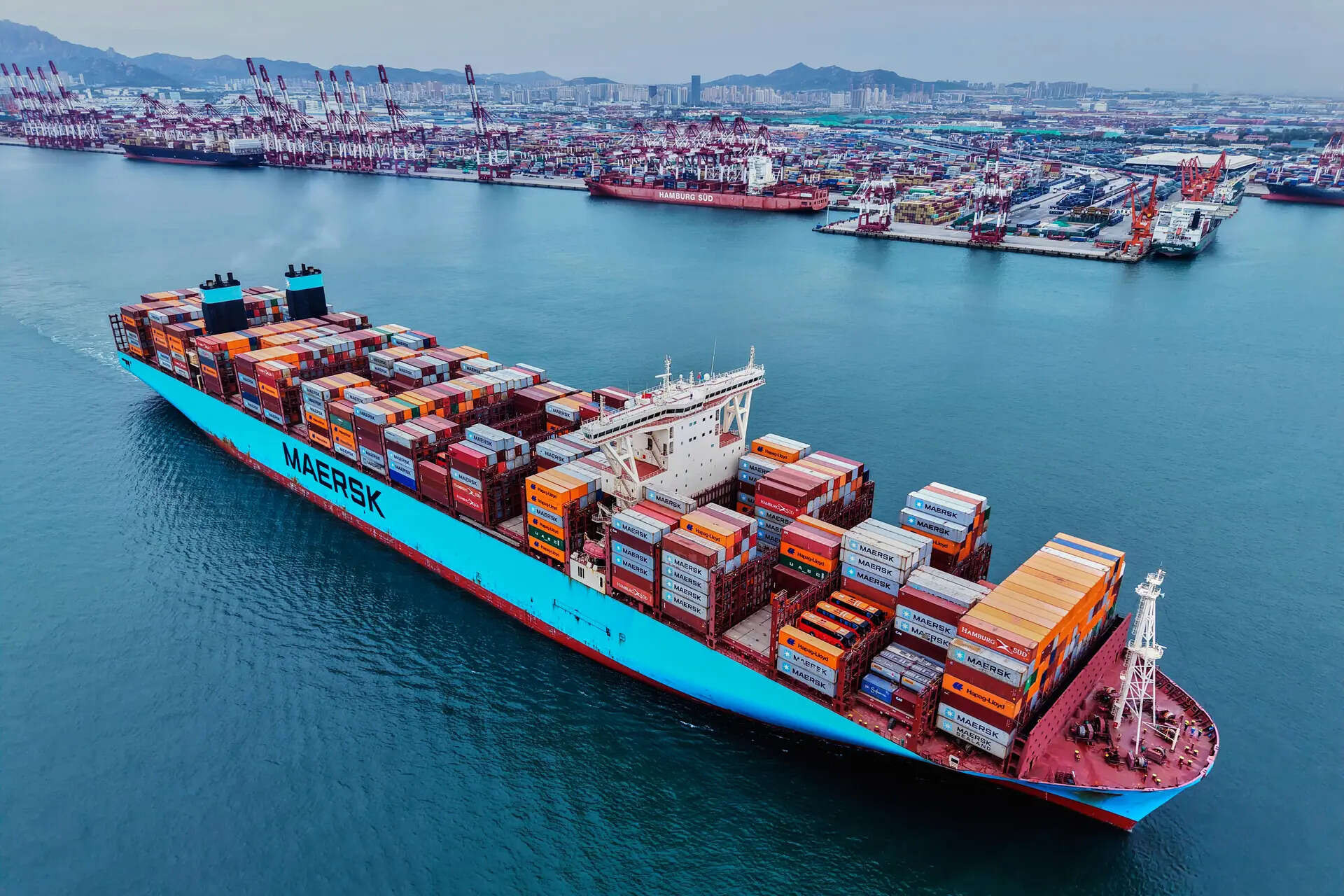China’s export growth decelerated in May, rising only 4.8% year-on-year, a significant drop from April’s 8.1% increase, primarily due to a sharp 35% decline in shipments to the United States amid ongoing trade tensions. Despite this, exports to Southeast Asia and the European Union showed strong growth, partially offsetting the US decline.
China’s Trade Winds Shift: What’s Really Blowing in the Data?
Okay, let’s talk about China. Specifically, let’s dive into the latest trade figures coming out of the Middle Kingdom. It’s not just about numbers, it’s about the undercurrents shaping the global economy, and this latest report is dropping some interesting hints.
China’s exports climbed 4.8% in May, a decent bump that suggests their manufacturing engine is still chugging along. On the surface, that’s positive news. After all, a healthy Chinese economy often translates to greater demand for raw materials, more competitive pricing on goods, and generally, a more vibrant global market. But let’s not get too caught up in the headline; the devil, as always, is in the details.
The real story, the juicy bit that has everyone whispering in trade circles, is what’s happening with the United States. China’s imports into the US are down nearly 35%. That’s a significant drop, and it paints a clear picture of the ongoing complexities of the US-China trade relationship. We’re talking about a major recalibration, not just a blip on the radar.
Now, why is this happening? You don’t need to be an economist to guess the obvious: trade tensions. The ongoing back-and-forth on tariffs, restrictions, and strategic competition have created a climate of uncertainty. Businesses hate uncertainty. They’d rather navigate a known challenge, even an expensive one, than constantly try to predict where the next trade war salvo will land.
So, US companies are clearly diversifying their supply chains, seeking alternative manufacturing hubs in countries like Vietnam, India, and Mexico. They’re hedging their bets, essentially. Smart move, considering the volatile landscape. It’s not necessarily about completely abandoning China – after all, the sheer scale and efficiency of Chinese manufacturing are hard to replicate overnight – but it’s about building resilience. No one wants to be overly reliant on a single source, especially when that source is embroiled in a high-stakes geopolitical chess game.
But, here’s where things get a little more nuanced. While exports to the US are shrinking, China is seemingly finding other outlets for its goods. That 4.8% overall export increase tells us that someone is picking up the slack. Is it Europe? Southeast Asia? Africa? Probably a mix of all of the above. China has been actively cultivating relationships with other nations for years, recognizing the need to broaden its economic horizons beyond the US. The Belt and Road Initiative, for example, is a testament to this long-term strategy.
This diversification isn’t just about finding new markets for existing goods; it’s also about adapting to changing global demands. China is no longer solely focused on low-cost manufacturing. They’re investing heavily in technology, innovation, and higher-value products. They want to move up the value chain, competing not just on price, but on quality and innovation. This strategic shift could insulate them from some of the negative impacts of the US trade restrictions in the long run.
It’s also worth considering the role of domestic consumption in China. The government has been pushing for increased domestic spending to drive economic growth. If successful, this could further buffer the impact of reduced exports to the US. A booming domestic market gives Chinese manufacturers more options and reduces their reliance on external demand.
What does all this mean for the rest of us? Well, it depends on where you sit. For US consumers, it might mean slightly higher prices on some goods as companies adjust to new supply chains. But it also encourages innovation and efficiency within US manufacturing, which is never a bad thing. For companies looking to diversify their sourcing, it opens up opportunities to explore new partnerships and markets. And for the global economy as a whole, it highlights the importance of adaptability and resilience in an increasingly complex and interconnected world.
Ultimately, the shrinking of imports to the US is a powerful signal that trade wars have consequences. They force businesses to rethink their strategies, governments to reassess their policies, and consumers to adjust their expectations. The story of China’s trade figures in May is not just about numbers; it’s about the intricate dance of globalization, the power of geopolitical tensions, and the ever-evolving landscape of the global economy. And one thing’s for sure: this is a story that will continue to unfold, with plenty of twists and turns along the way.
📬 Stay informed — follow us for more insightful updates!







